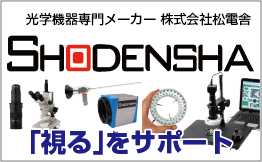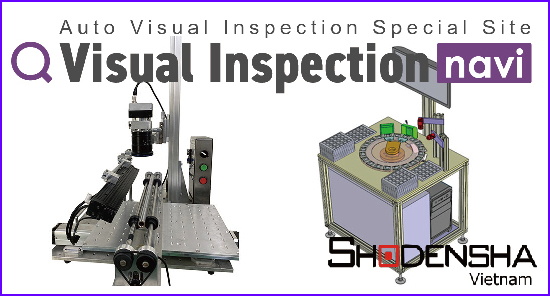The selection criteria for microscopes can be broken down into three main steps:
STEP 1: Basic System Selection
1. Magnification (Field of View): Consider the range of magnification options based on the desired field of view.
– Low Magnification: 5–50x (Approximately 67.5 x 51.0mm to 7.0 x 5.3mm field of view)
– Medium Magnification: 20–140x (Approximately 17.5 x 13.2mm to 2.7 x 2.0mm field of view)
– High Magnification 1: 40–240x (Approximately 9.0 x 6.7mm to 1.4 x 1.0mm field of view)
– High Magnification 2: 70–800x (Approximately 4.5 x 3.2mm to 0.4 x 0.3mm field of view)
– Ultra-High Magnification: Beyond 1000x (Approximately 1.5 x 1.1mm to 0.12 x 0.09mm field of view)
2. Working Distance: Consider the distance from the lens tip to the object, which is fixed for zoom lenses but varies with magnification.
3. Display Speed: Choose between High-Definition (HD) for smooth real-time imaging and USB for various additional features.
STEP 2: Resolution Selection
– HD Type: Choose between Full HD (1920×1080) or 4K (3840×2160) resolution.
– USB Type: Select from cameras with resolutions such as 1.3 million pixels (CMOS) or 5 million pixels (CMOS), considering factors like real-time display and data transfer speed.
STEP 3: Lighting Selection
– Ring Lighting is the basic option, but for higher magnifications, choose between Ring Lighting and Coaxial Lighting.
– Additional options like Transmitted Lighting, Dome Lighting, and Low-Angle (Darkfield Observation) Lighting are available.
Additional Considerations
– Explore optional accessories for diagonal observation, polarized observation, height measurement, auxiliary lenses, rear converters, filters, and other optical options based on specific needs.
Conclusion
Microscope selection involves considering magnification, working distance, display speed, resolution, and lighting. Evaluate these factors to meet specific requirements and applications.



